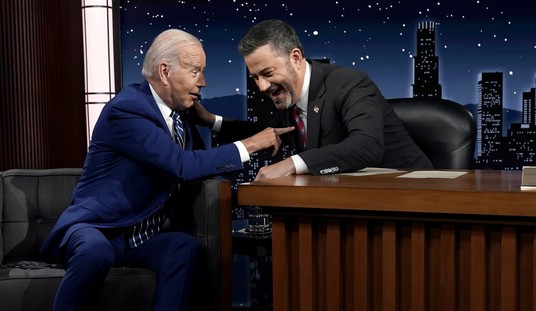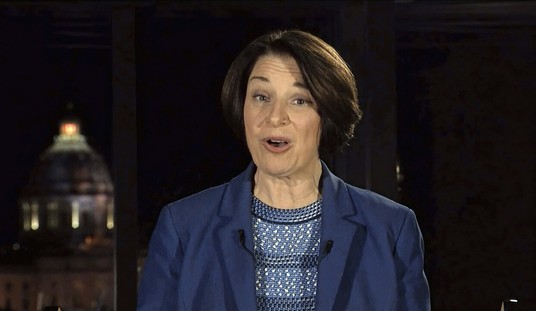If you’re wondering whether the recent brouhahas over immigration are penetrating the consciousness of voters, wonder no longer. The five-day trend from Reuters:

Purple is the economy, green is health care, yellow is immigration. Eight days ago the latter two issues were matters of equal concern to voters, with the economy in its usual spot as most important. Five days later immigration stands alone atop the heap. Probably a mix of angry Democrats zeroing in on Trump’s family separation policy and angry Republicans zeroing in on the “abolish ICE” backlash, right? Not really! Here’s the trendline for Dems, flat as a (slightly lumpy) pancake:

Just 6.4 percent of Democratic registered voters named immigration as their top issue on June 28th. But July 2nd it was 6.8 percent. Health care and the economy were far more important. Now here’s the trendline among Republicans. Hoo boy:

Immigration as the top issue currently stands at 25.9 percent, nearly double the share who list the economy as top and more than three times the share who list health care as number one. To give you a sense of how sharply immigration has risen lately as a core concern among GOPers, take a look at the trendline dating back to June 10th, around the time the child-separation saga broke big in the media:

On June 9th immigration was statistically tied with health care as Republicans’ second-most important issue, well behind the economy. Within two weeks it was number one, and now it’s far ahead as the economy’s ranking as top issue has continued to decline. Interestingly, you don’t see any sort of mirror-image effect among Democrats over the same period despite the oceans of ink and endless hours of airtime devoted by the media to the child-separation drama. On June 9th just 4.2 percent of Dems listed immigration as their top issue; it picked up a few points over the course of the following weeks but never reached as high as even seven percent on the left. Whether Republican numbers on immigration are rising as a backlash to “abolish ICE” or because of a circle-the-wagons effect after Trump came under siege on child separation, they’re rising — and Democratic numbers aren’t.
That must mean that things are looking up for the midterms as galvanized GOPers get ready to channel that energy into voting, right? Well … maybe not. That’s the big caveat. Here’s Reuters’s snapshot of the generic ballot over the past month:

Over the same period, the RCP average of generic ballot polling also shows hardly any movement. Trump’s job approval on the specific issue of immigration has likely barely budged in Reuters’s data over the past month: Disapproval has ticked up a tiny bit among Dems but approval is steady as she goes with Republicans. The shifts on “most important issue” just aren’t showing up in other questions, including the crucial one about the generic ballot.
But maybe they will. There’s a caveat to the big caveat: Because most of these polls, including Reuters’s, are sampling registered voters rather than likely voters, they’re not necessarily picking up changes in enthusiasm to vote this fall. It may be that Republican enthusiasm has ticked upwards over the past month as the “abolish ICE” nonsense got attention in right-wing media and that that enthusiasm will blunt Democrats’ overall generic ballot advantage. We’re still too far out from the midterms to know. But if any issue’s apt to make righties more inclined to register their approval of Trump and/or disapproval of Dems, this is it.







Join the conversation as a VIP Member